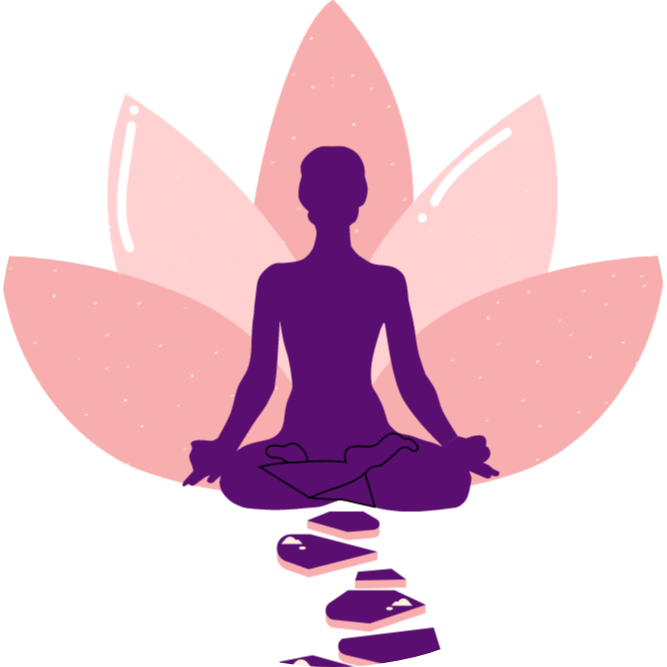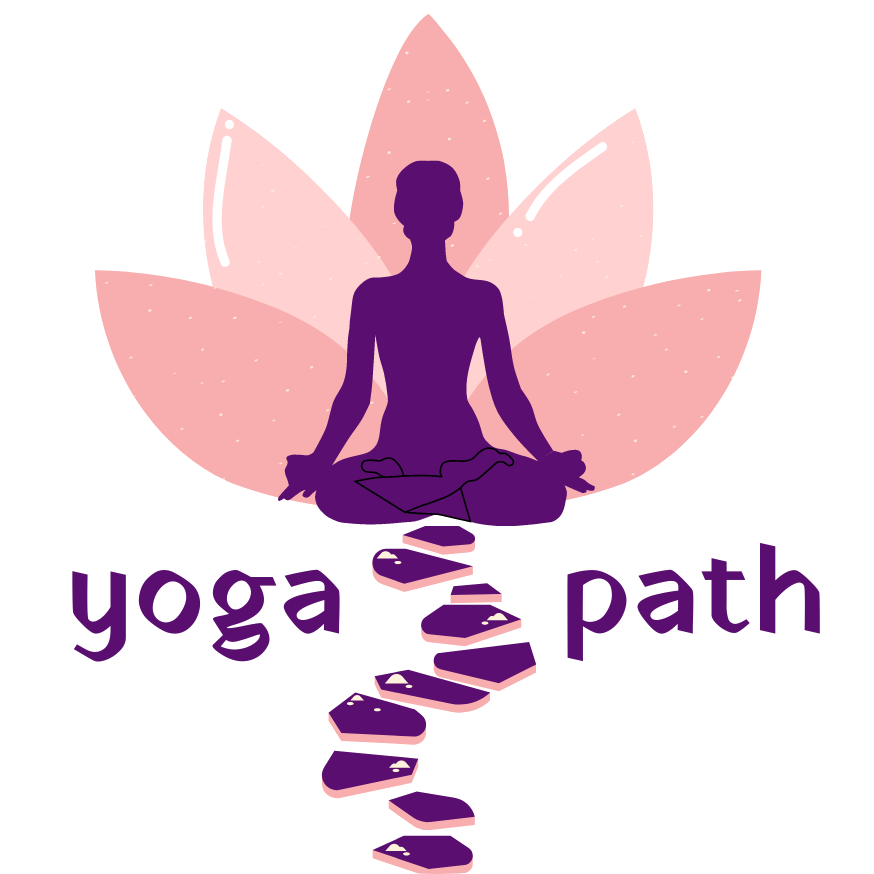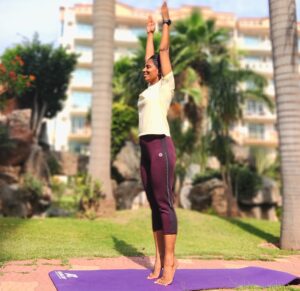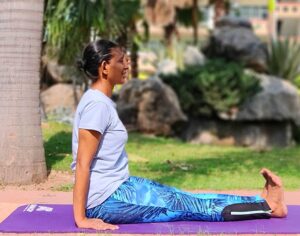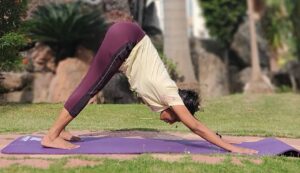Practise Yoga Asanas
Asana - Yoga Postures

Yoga sutra 2.46 states, sthira sukham asanam: The posture for yoga meditation should be steady, stable, and comfortable.
Asana is not just a pose – it is a state of body and mind!
When your body and mind are steady and comfortable even when your body is challenged out of its comfort zone, you are in a state of asana. When your mind gets distracted by senses or body starts to struggle because of its sensations like pain or discomfort, you are not practicing an asana anymore and should come out of the pose.
Mostly while practicing yoga asanas, we are in and out of the asana state. That is why it takes a long time of dedicated practice to be able to train the body and mind to be in this state continuously.
Asanas are placed third in the 8 limbs of Ashtanga Yoga put forth by Maharishi Patanjali in the Yoga Sutras, following Yamas and Niyamas. And the regular practice of Asanas prepares the physical body for spiritual development through the Ashtanga limbs that follow – Pranayama, Pratyahara, Dharana, Dhyana and Samadhi.
We have simplified a few basic asanas here so you can intuitively and completely enjoy the experience of experience of sthira (steadiness) and sukha (ease).
This set of Asanas have been segregated into Standing Asanas, Seated Asanas, Supine Asanas, Prone Asanas and Inversion Asanas.
Standing Asanas are foundational poses that are performed while standing, strengthening your leg muscles, calves, glutes, expanding your chest, stretching your entire body, burning stored fat, and toning your body.
These Asanas help you connect with the earth and develop a sense of stability in your life through ‘grounding.’ They also boost immunity, improve circulation, increase agility, reduce stress, and anxiety.
Some simple Standing Poses include Talasana, Trikonasana, Samakonasana, Dwikonasana and Ekpadasana.
Seated Asanas are postures that begin with you sitting down. Sitting poses will help you improve your flexibility, strengthen your lower back, thighs, and abdominal region, and increase your stamina if you are new to yoga. As you hold the final pose for longer periods of time, you regulate your breathing, build lung capacity, and relieve stress and anxiety.
If you find it difficult to sit up straight, raise your hips slightly by placing a folded blanket or soft pillow under your bottom.
Seated poses include straight and cross-legged postures, forward folds, and twists such as Padmasana, Sukhasana, Shashankasana, Ardha Matsyendrasana, Vajrasana, Supta Vajrasana, Paschimottanasana, Dandasana and Baddha Konasana
Prone Asanas
Prone Asanas are poses in which the belly is either on the mat or lifted. These poses aid in stretching and strengthening your back, shoulders, and hips, as well as relieving neck stiffness, reducing stress, fatigue, and anxiety, controlling blood pressure, and improving digestion.
Makarasana, a prone pose, is used as a restorative pose to calm the mind and settle the breath.
Supine Asanas
Supine Asanas are poses performed while lying flat on our back with our faces up. These are adaptable, calming postures that help to relieve stress, increase flexibility, and strengthen the back and digestive system. Supine poses require a lot of effort, so you should take a 30-second break after you finish them. Take time to rest in Shavasana or corpse pose at the end of a set of Supine poses.
Supine asanas include poses such as Pawanmuktasana, Supta Vakrasana, Ardha Halaasana, Viparit Karni and Shavasana.
Inversion Asanas are yoga poses that place your head below your heart and hips, thus ‘inverting’ your body from its normal upright position. These inverted asanas reverse the action of gravity on the body. They encourage the blood flow to the brain, nourishing the neurons and flushing out toxins. The benefits of inversion asanas include increased blood and lymphatic circulation, as well as improved flexibility, strength, energy levels, and self-confidence.
Inversion asanas include Adho Mukha Svanasana (Downward facing dog), Child’s Pose (Balasana), Forward Fold Pose (Uttanasana), Crow Pose (Bakasana), Headstand (Salamba Shirshasana), Feathered Peacock (Pincha Mayurasana), Handstand (Adho Mukha Vrksasana), and Wheel Pose (Chakrasana).
